Mazda RX500
Many people probably know this concept car from 1970 exclusively as a model car. Matchbox issued this in 1971 in 1:65 scale under the internal abbreviation MB66 in orange. In 1975 they changed to red and between 1978 and 1985 there were various other colors on local markets. How many copies rolled into the toy boxes can no longer be traced. Nowadays there is a highly detailed 1/43 scale collector’s model available from Spark. The original, on the other hand, was made only once – even if various color changes gave the impression that there had been several cars. As the headline already reveals, this is the Mazda RX500.
Twin-chamber rotary engine with 250 hp
This study was presented in October 1970 at the Tokyo Motor Show. Mazda was celebrating its 50th anniversary and had designed this radical and angular wedge-shaped car for the occasion. Alongside the series models Luce, Cosmo and R100, the RX500 looked as if it had arrived from a distant future. The silhouette alone was enough to excite the public. In addition, however, there were butterfly doors opening forwards and upwards as well as a rotary engine hidden under further gullwing doors in the rear. At this point, Matchbox deviated from the prototype, by the way, because in the model car the engine compartment open in one piece to the rear. The internally christened ’10A’ twin-chamber engine produced 250 hp from a mere 982 cubic centimeters. This was achieved by revs of up to 15,000 rpm. Such high-revving concepts weren’t even available in motorsport at the time.
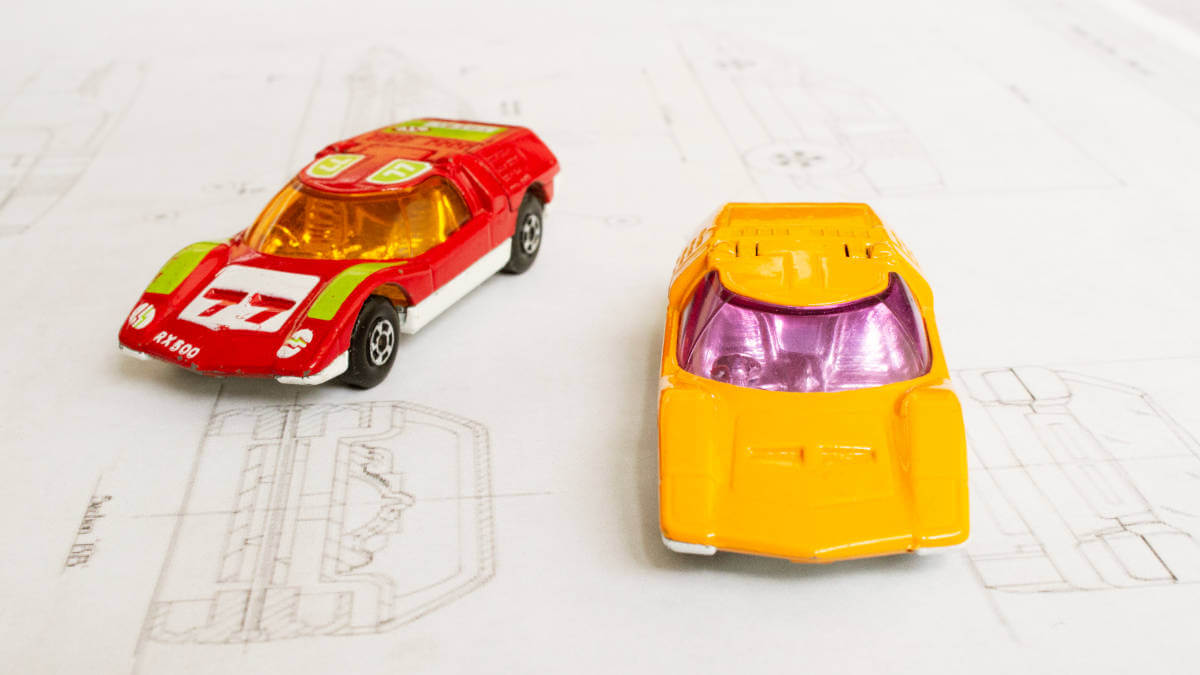



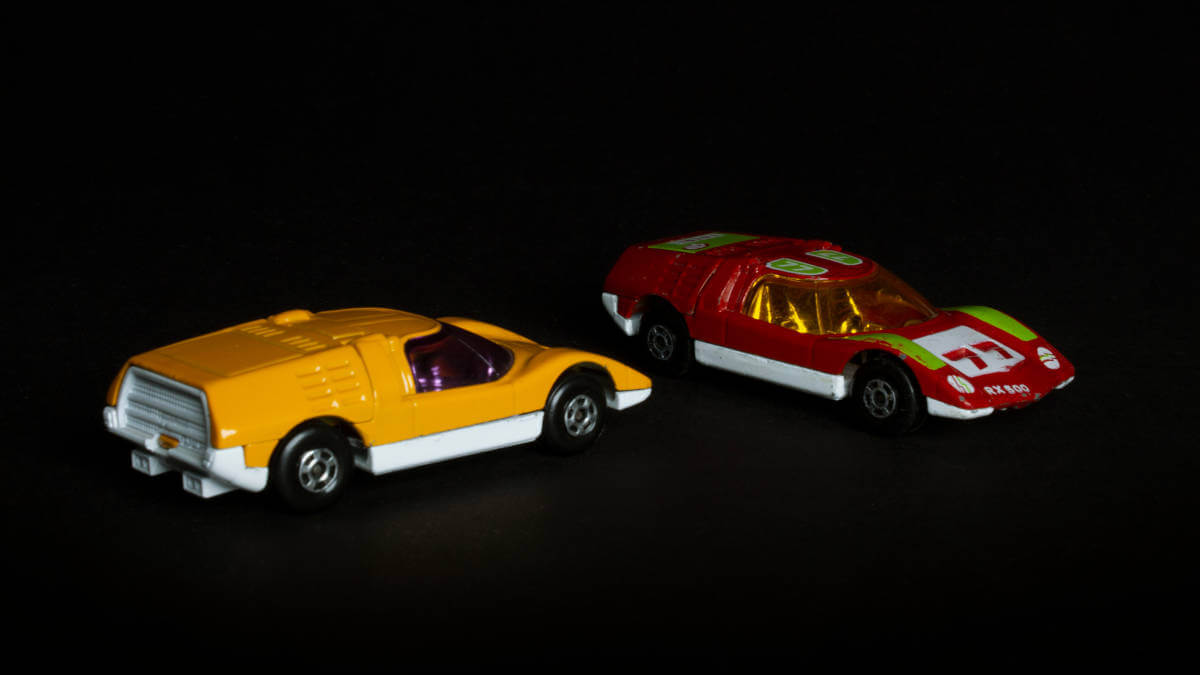



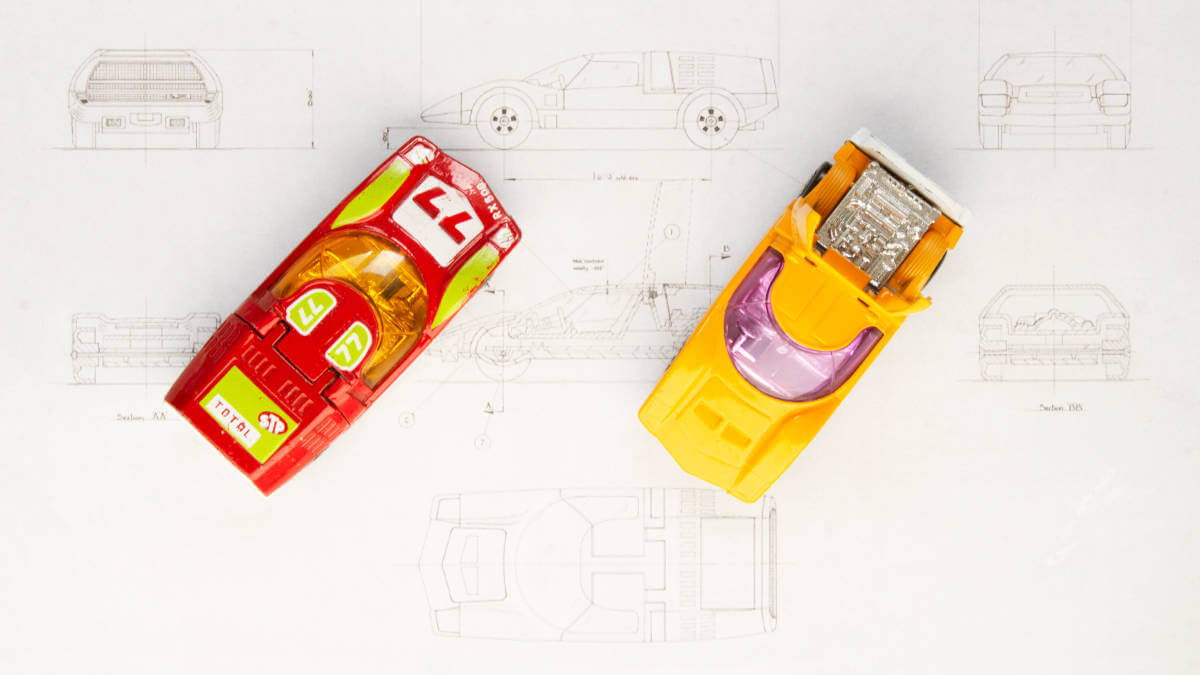



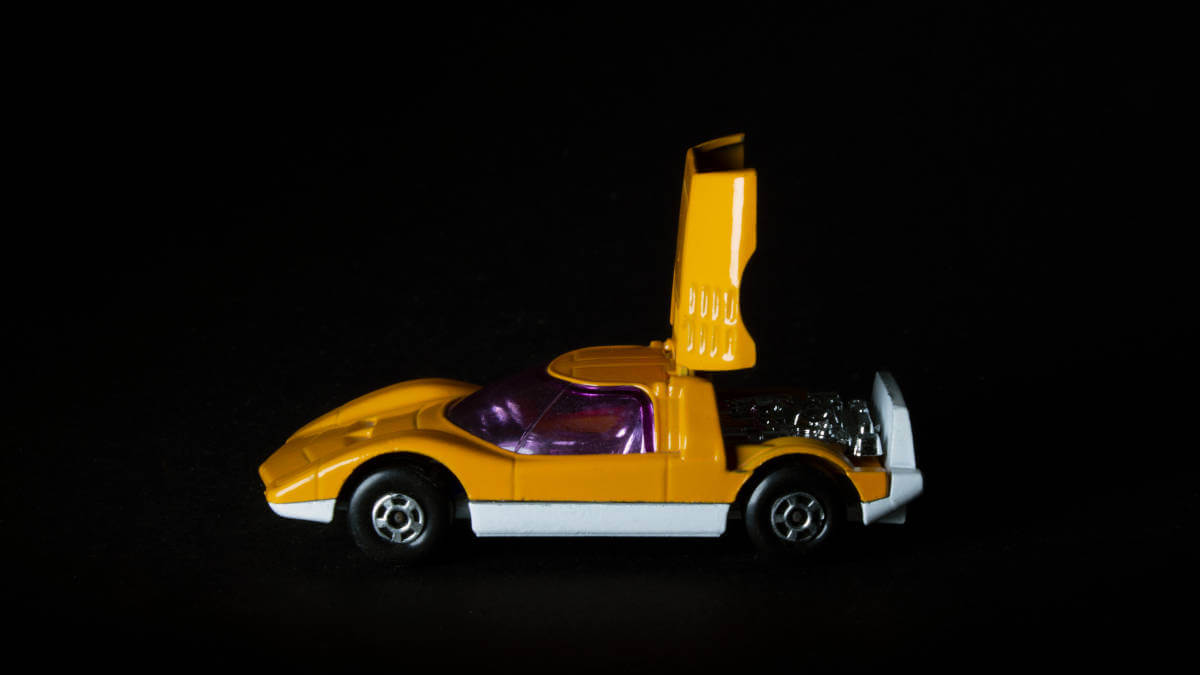



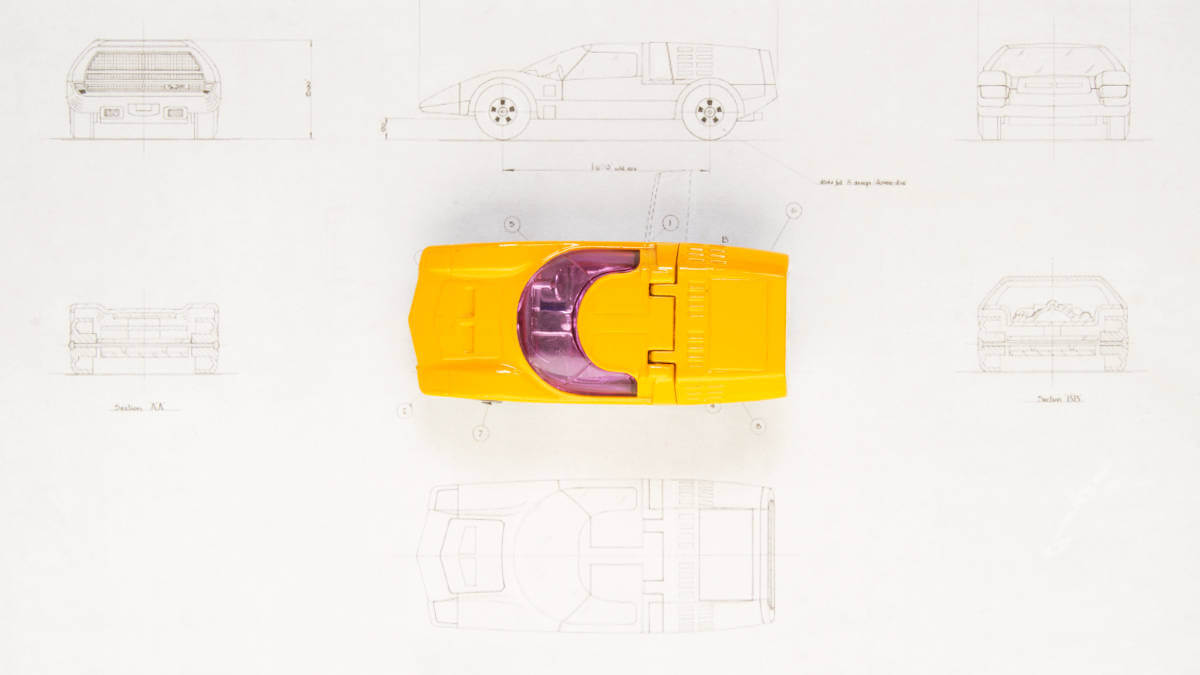



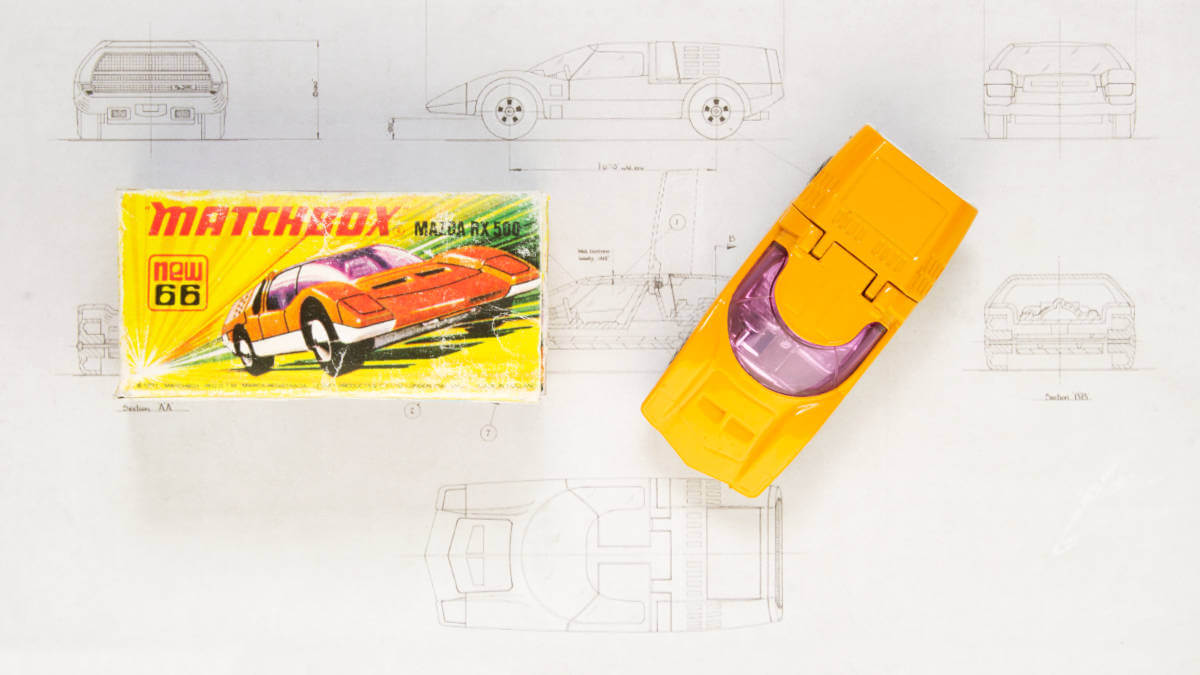



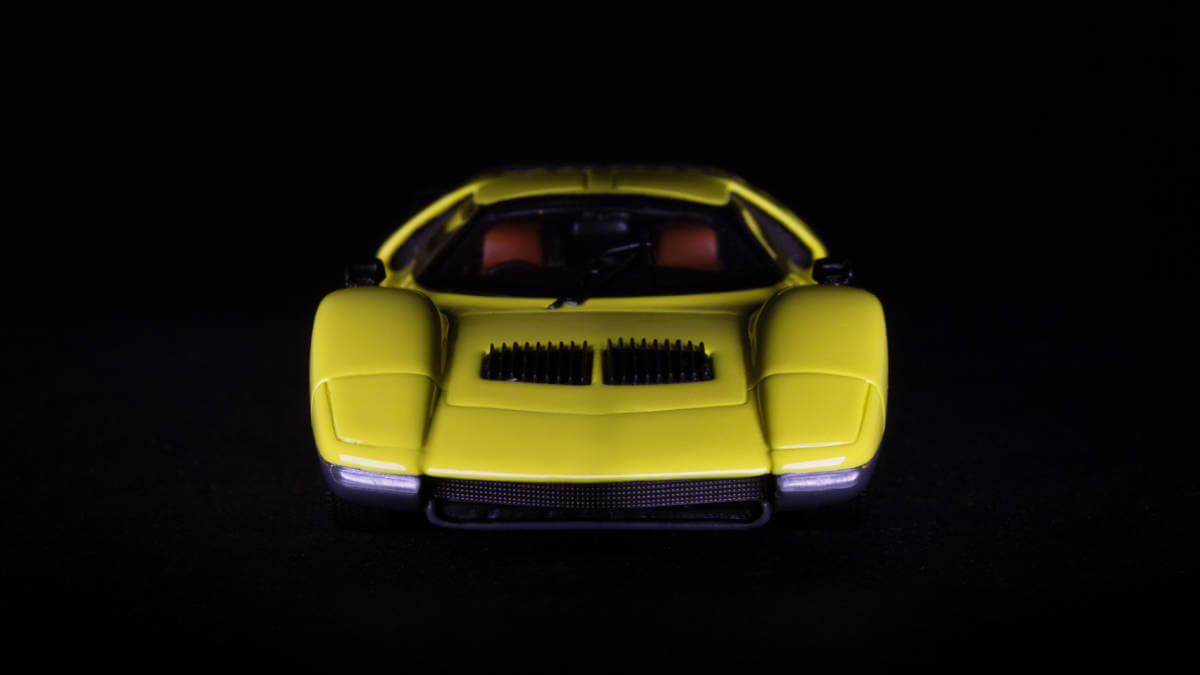



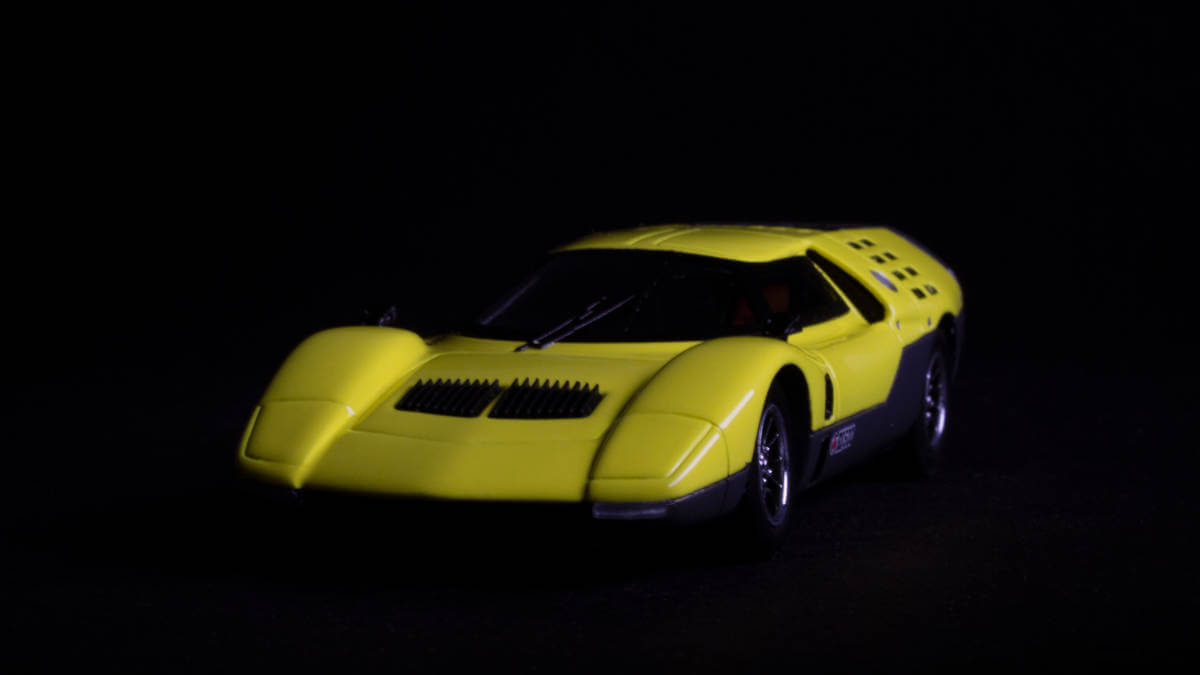



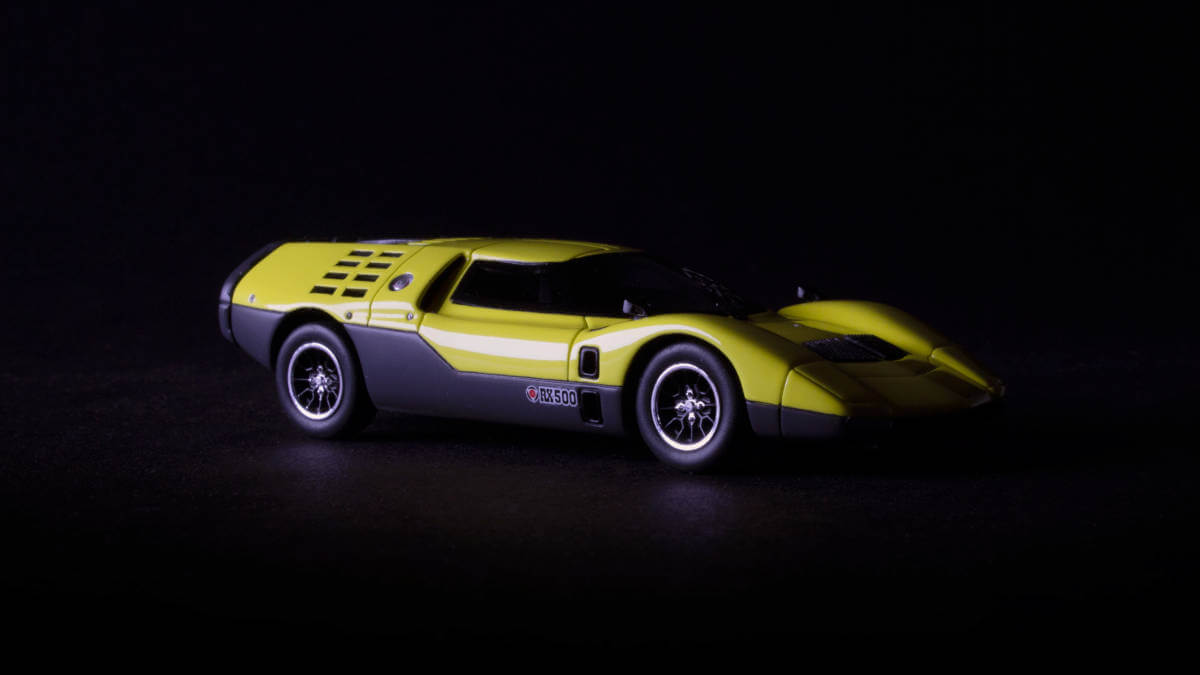



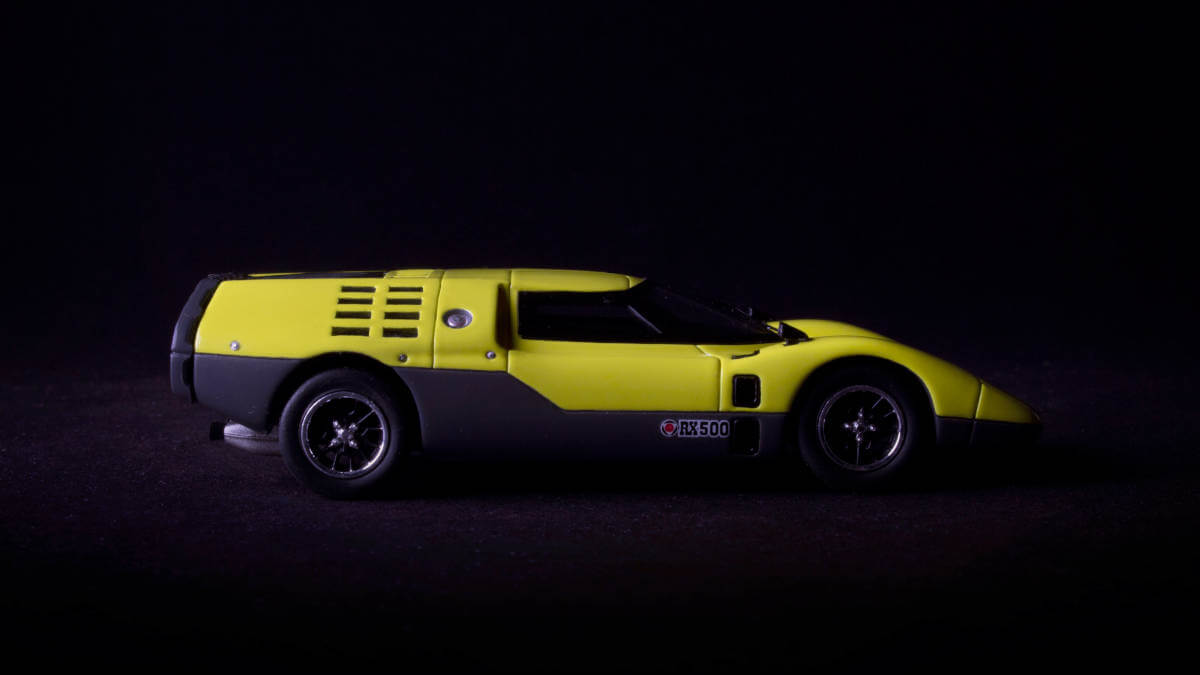



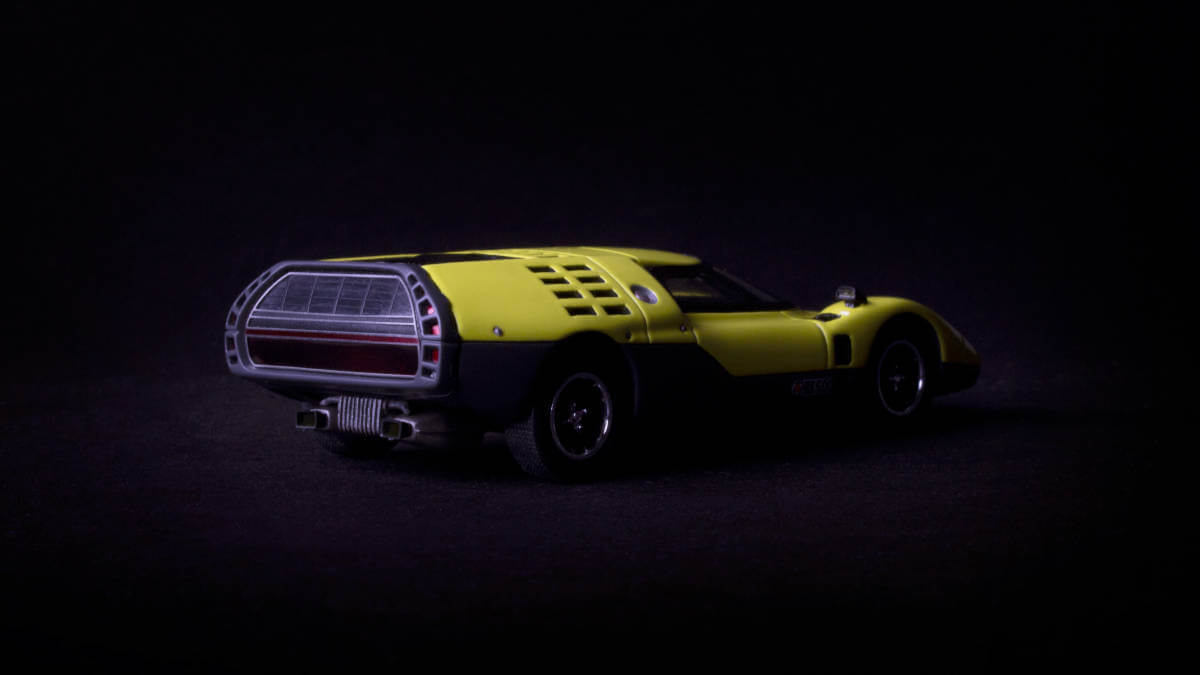



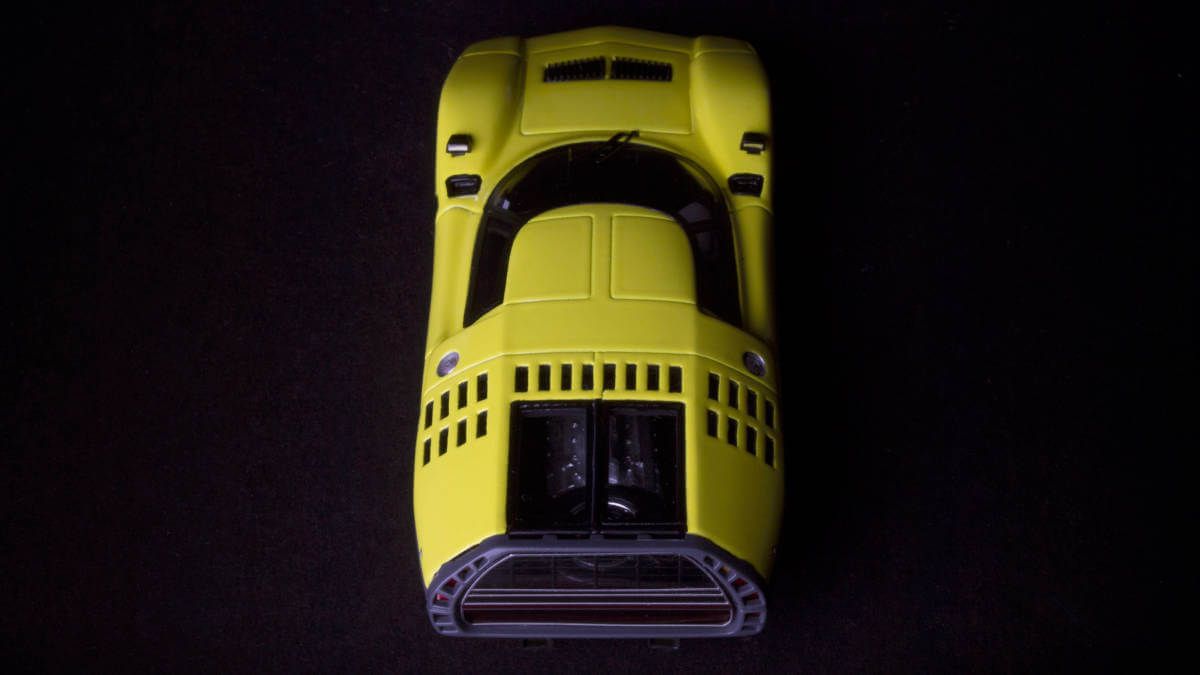



Light concept for road safety
With the RX500, Mazda not only wanted to announce new design ideas. This concept car was also intended to serve as a laboratory vehicle for road safety. To this end, various light strips in red, green and yellow were installed at the rear, which, in addition to the familiar functions of “braking” (strong red), “indicating” (yellow) and “reversing” (white), also indicated “accelerating” (green), “cruising” and “slight deceleration” (light red). The entire body was made of fiberglass-reinforced plastic. Mazda had been testing this material since 1968 under the project code X810. For a short time, they even considered adding the mid-engine car developed under this acronym to the portfolio as the successor to the Cosmo Sport 110 S. A hand-picked team of engineers and designers developed various approaches. Although a classic coupé was originally envisaged, the idea of a streamlined shooting brake finally prevailed.
Design inspirations from film, aviation and motorsport
Shigenori Fukuda was the name of the designer behind this styling. He was able to convince his colleagues through wind tunnel tests that the shooting brake offered significantly better aerodynamic drag. He drew inspiration for the detailed solutions of the car, now christened “RX500”, from the then-current movie “2001: A Space Odyssey”, among other things. He wanted to avoid using classic car design elements as much as possible and instead used futuristic-looking elements from aviation and motosports. These included, for example, the sweeping windshield. In addition, Fukuda-san maintained good relations with the Italian design house Bertone. He therefore ensured beautiful shapes by adding a few gentle curves.
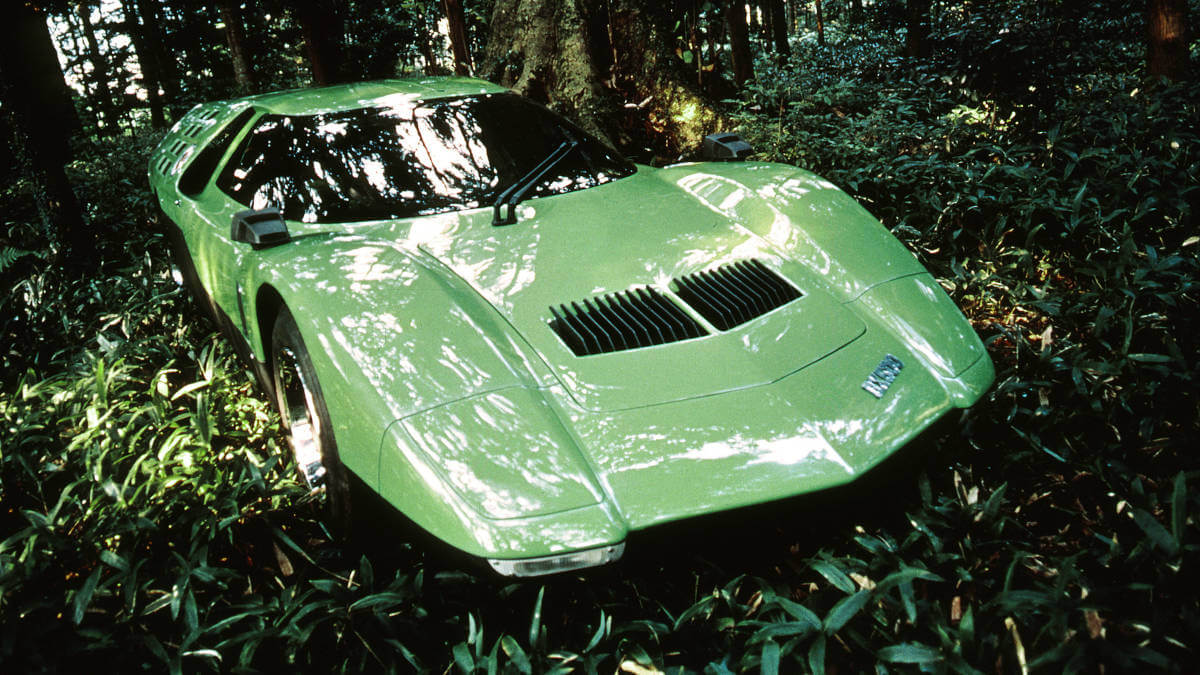



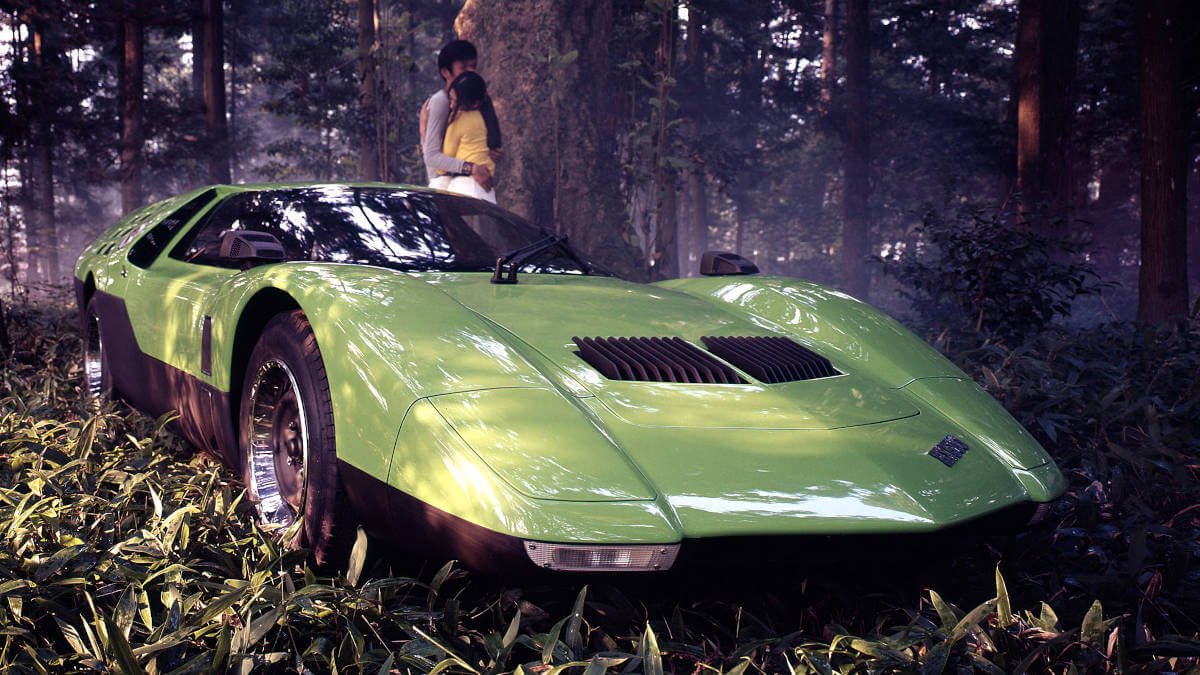



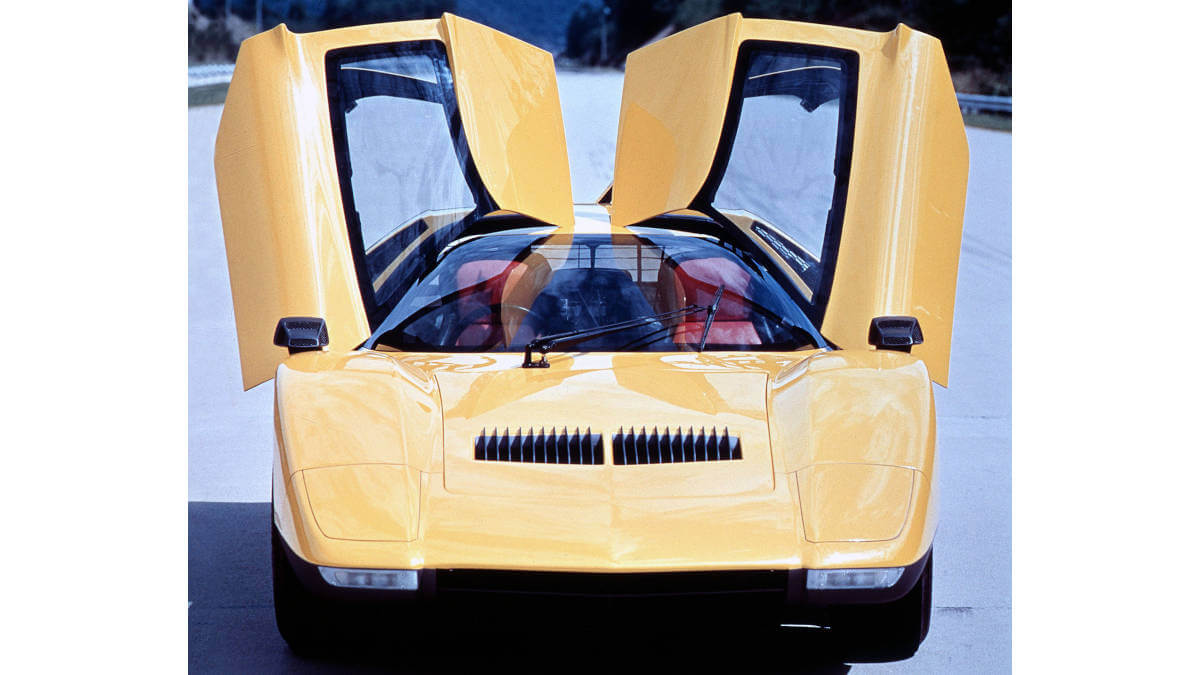



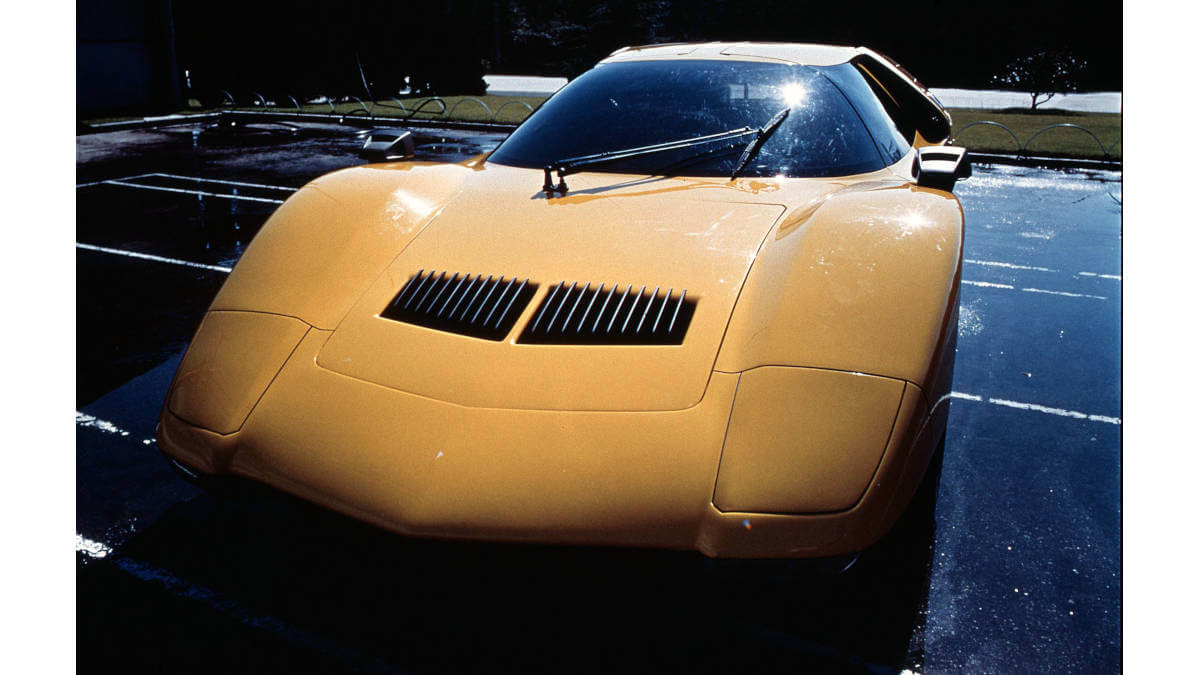



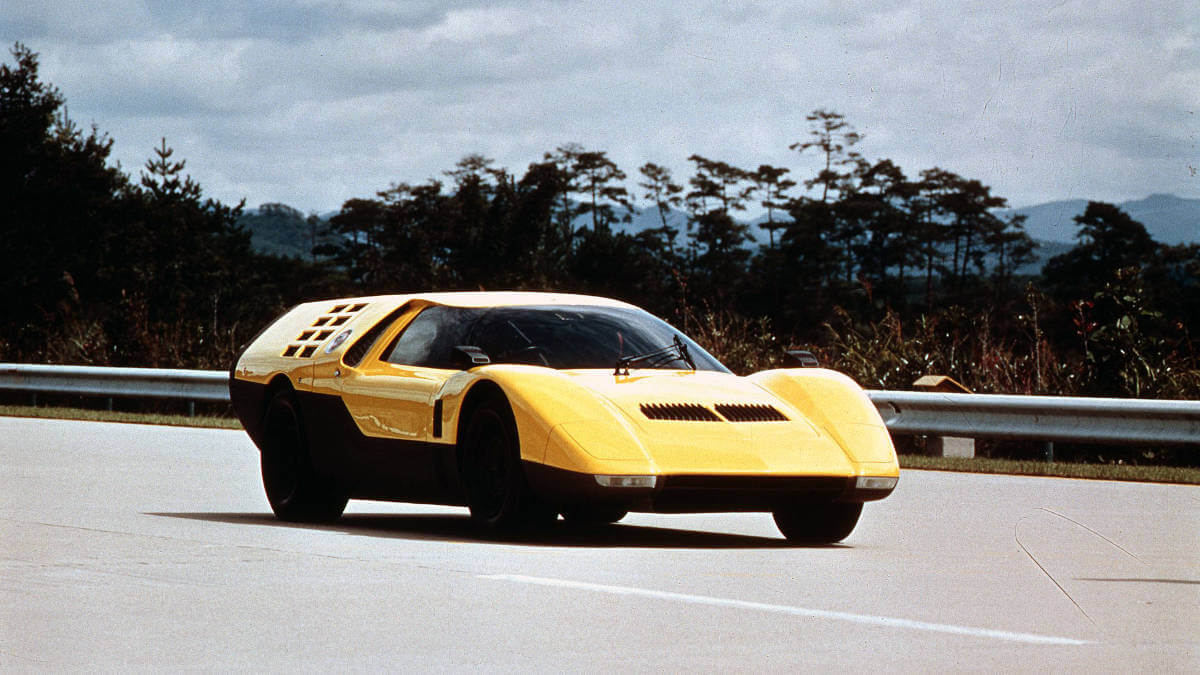



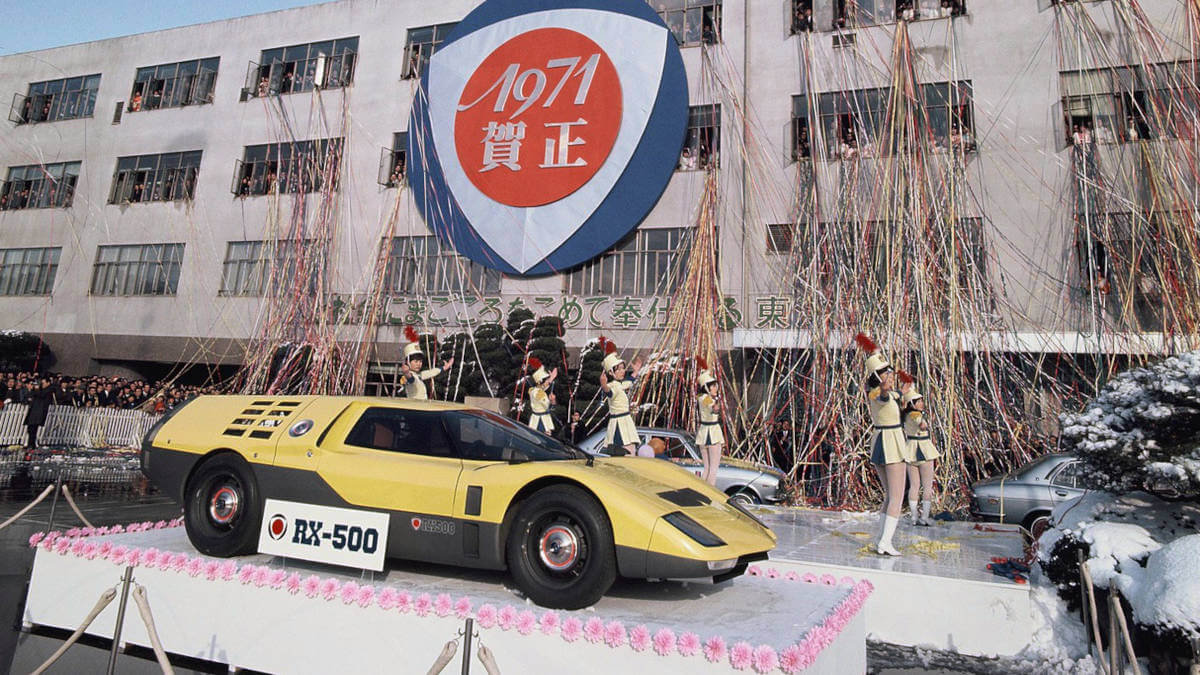



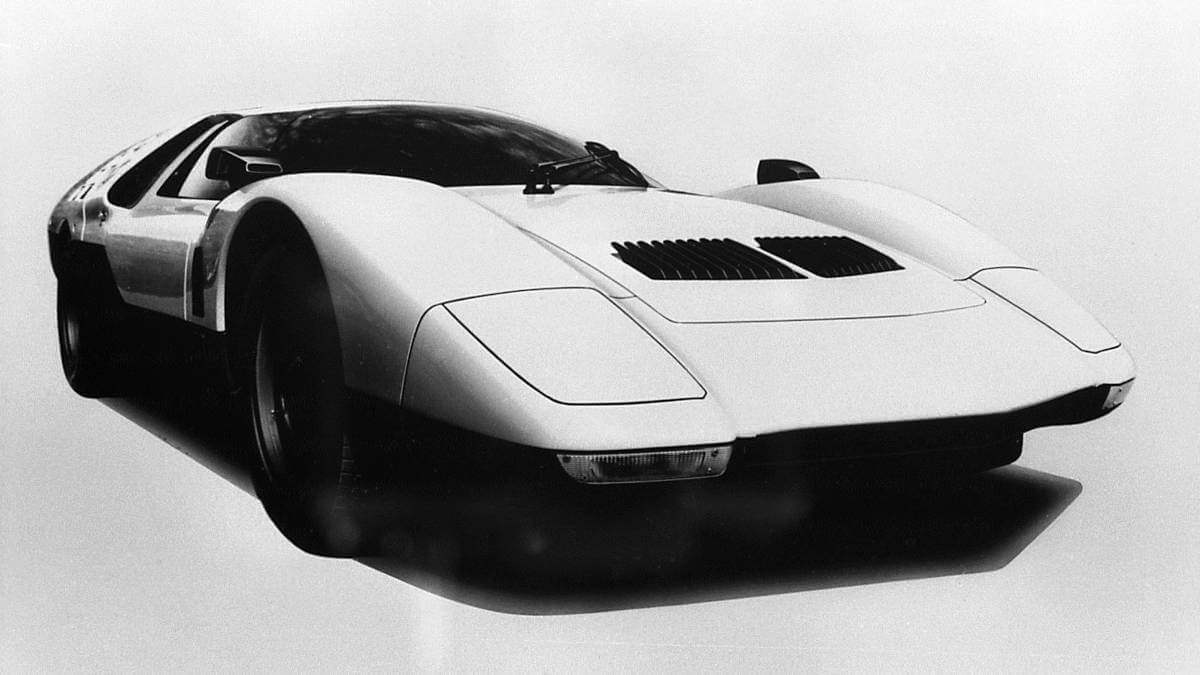



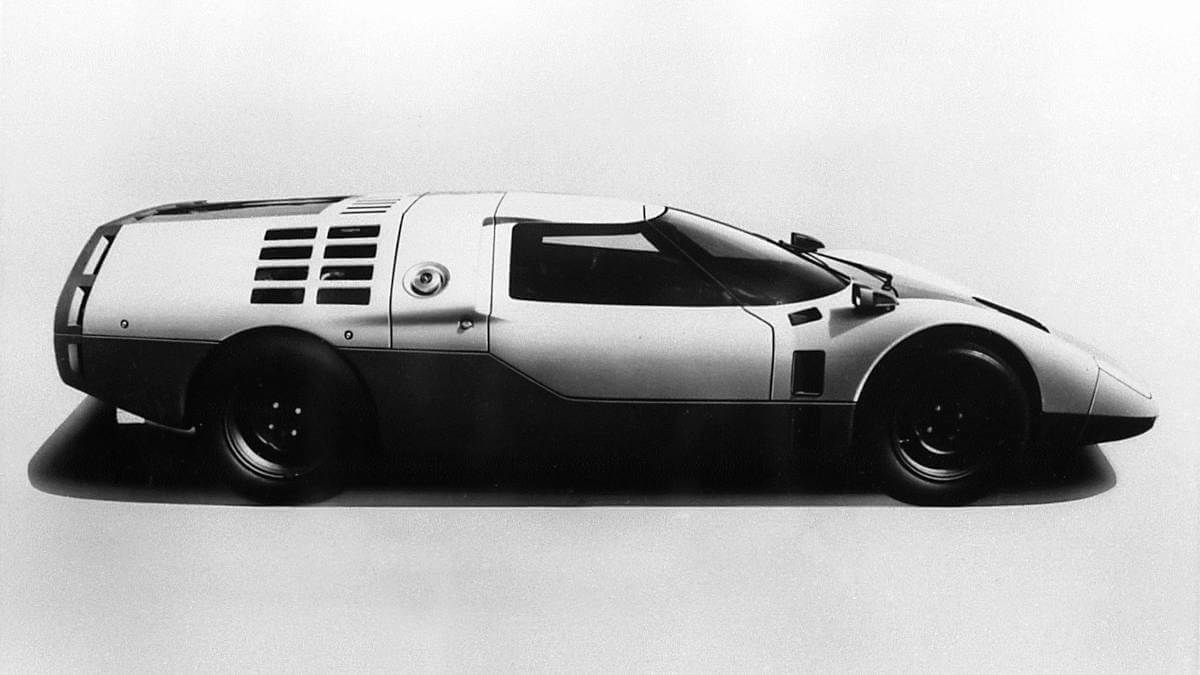



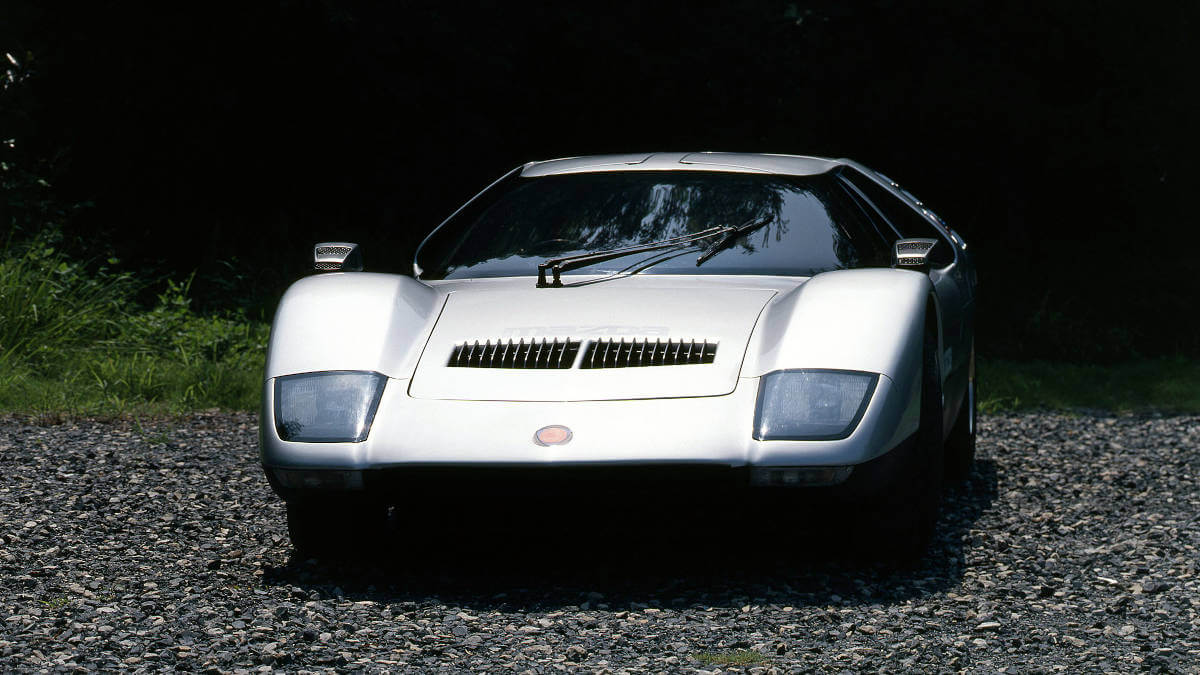



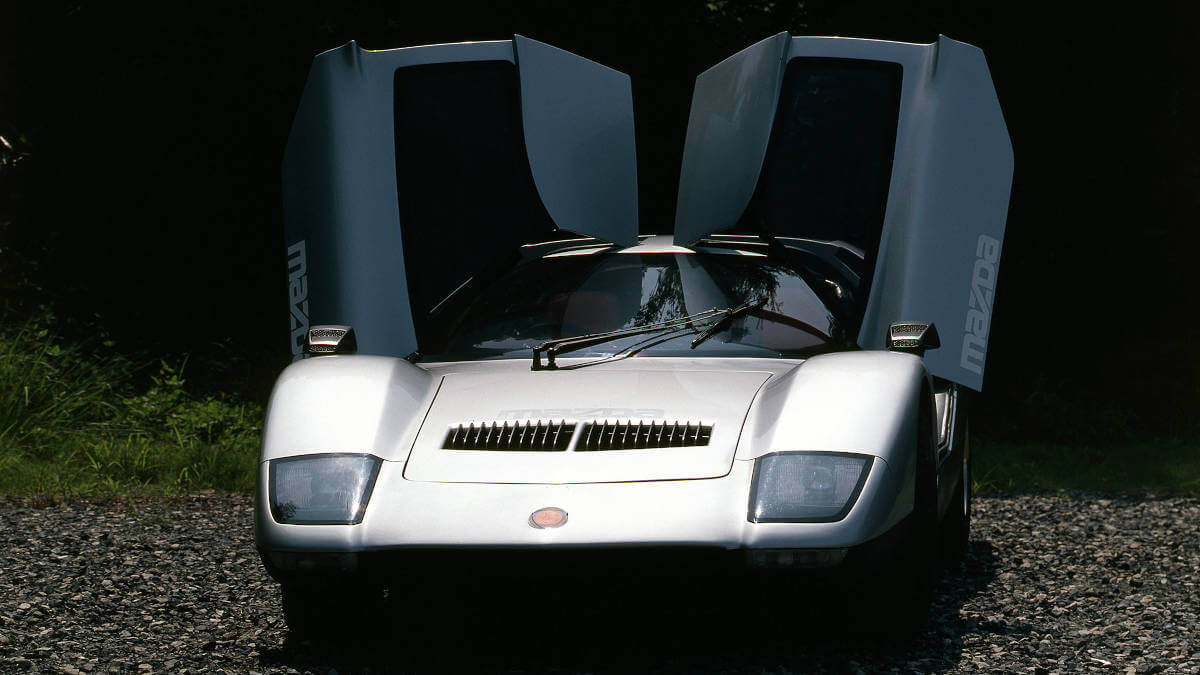



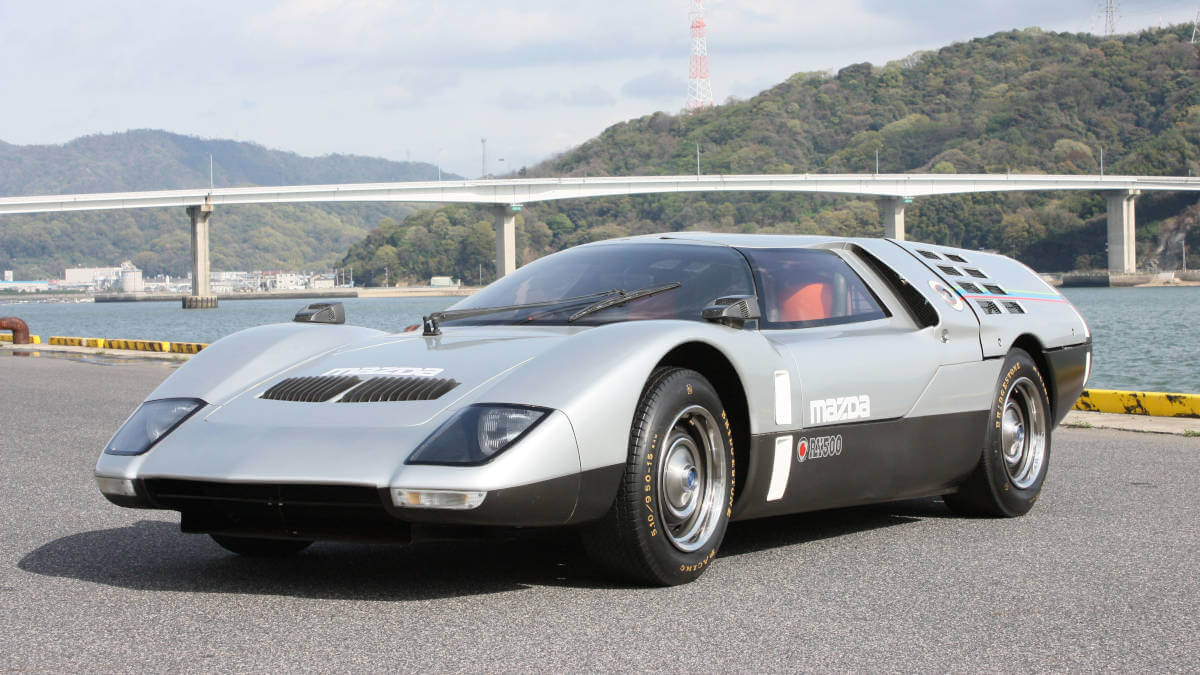



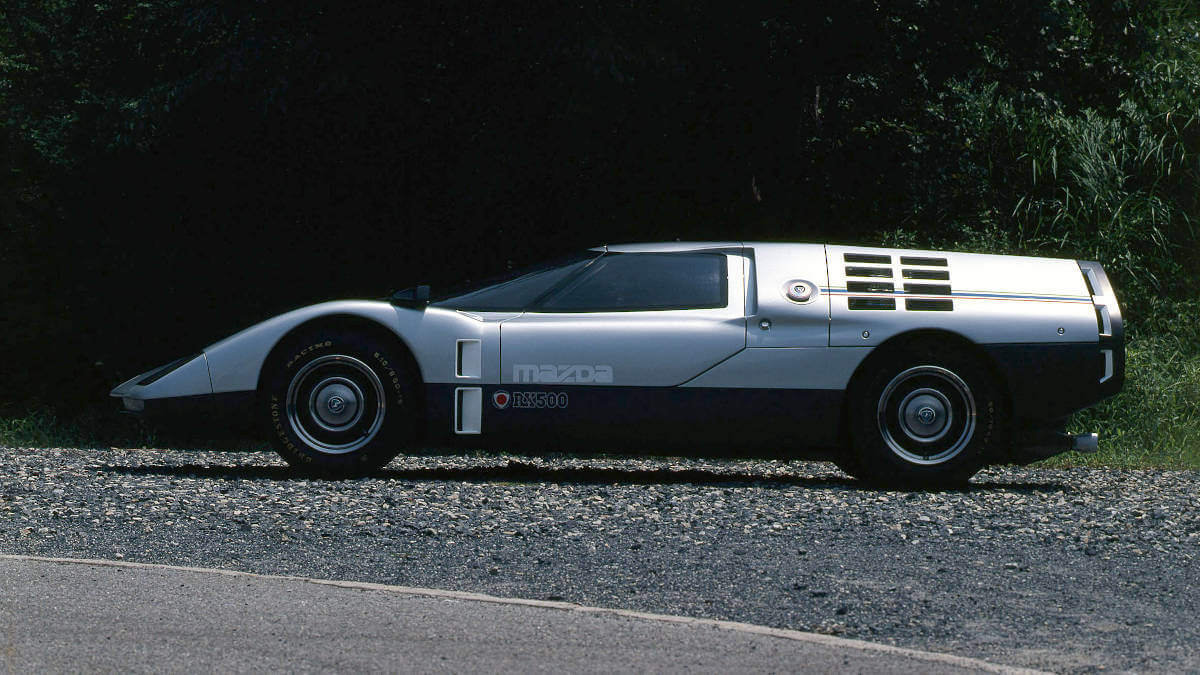



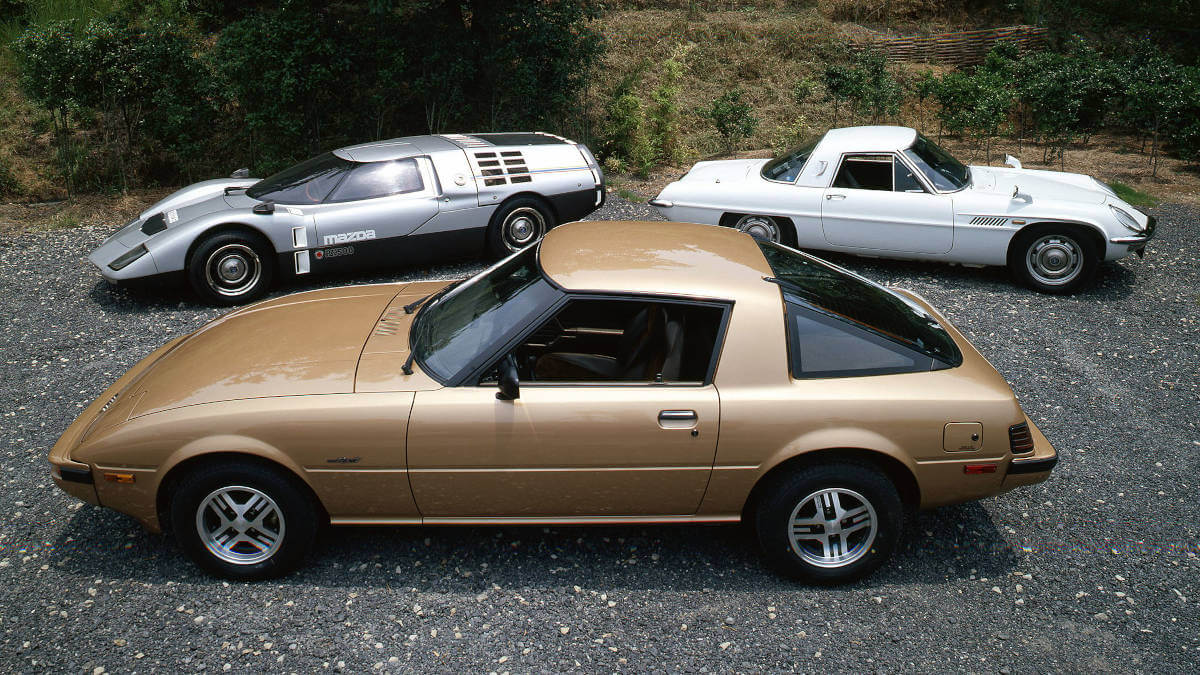



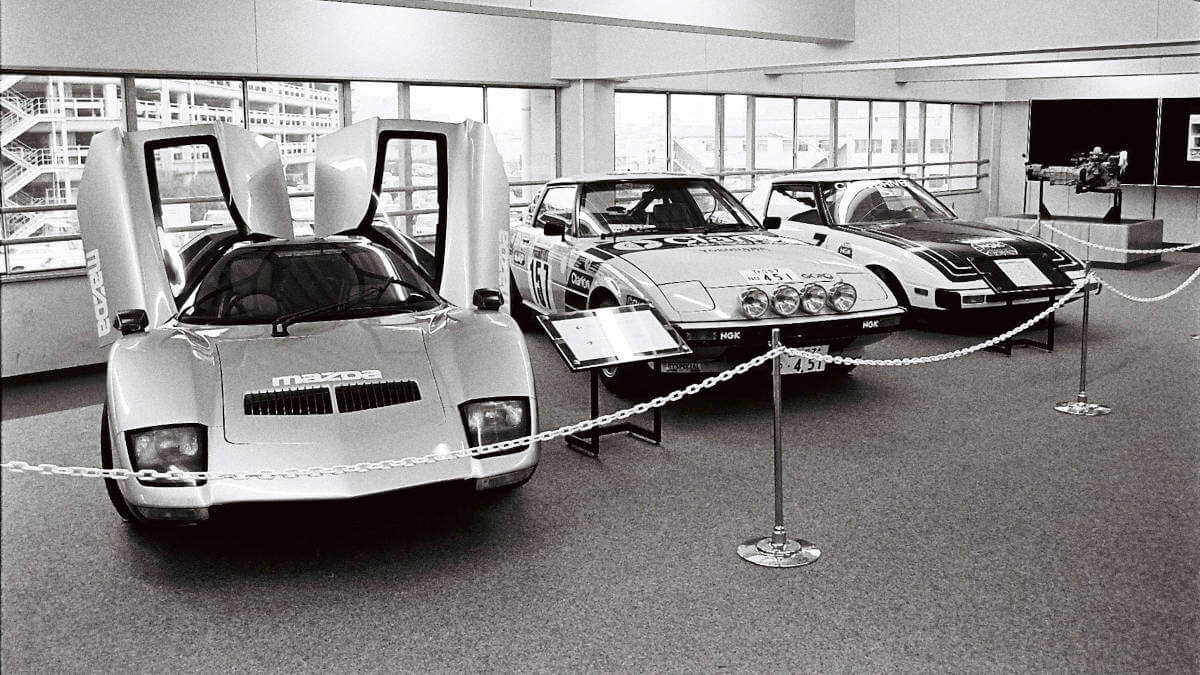







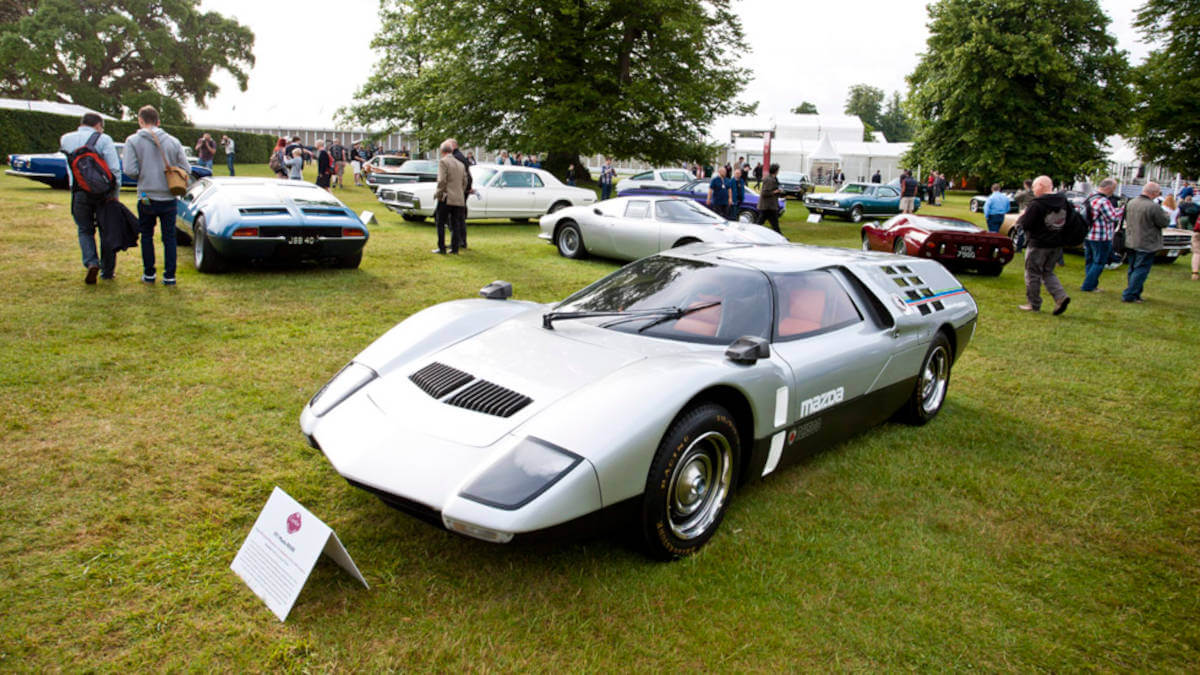



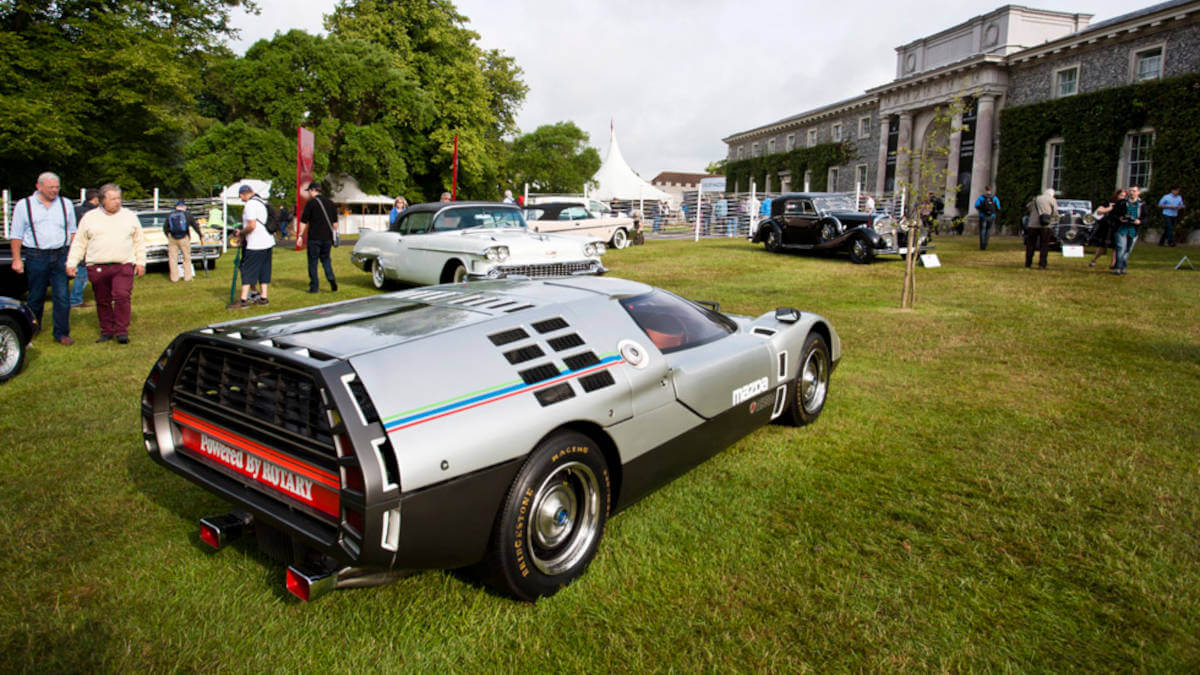



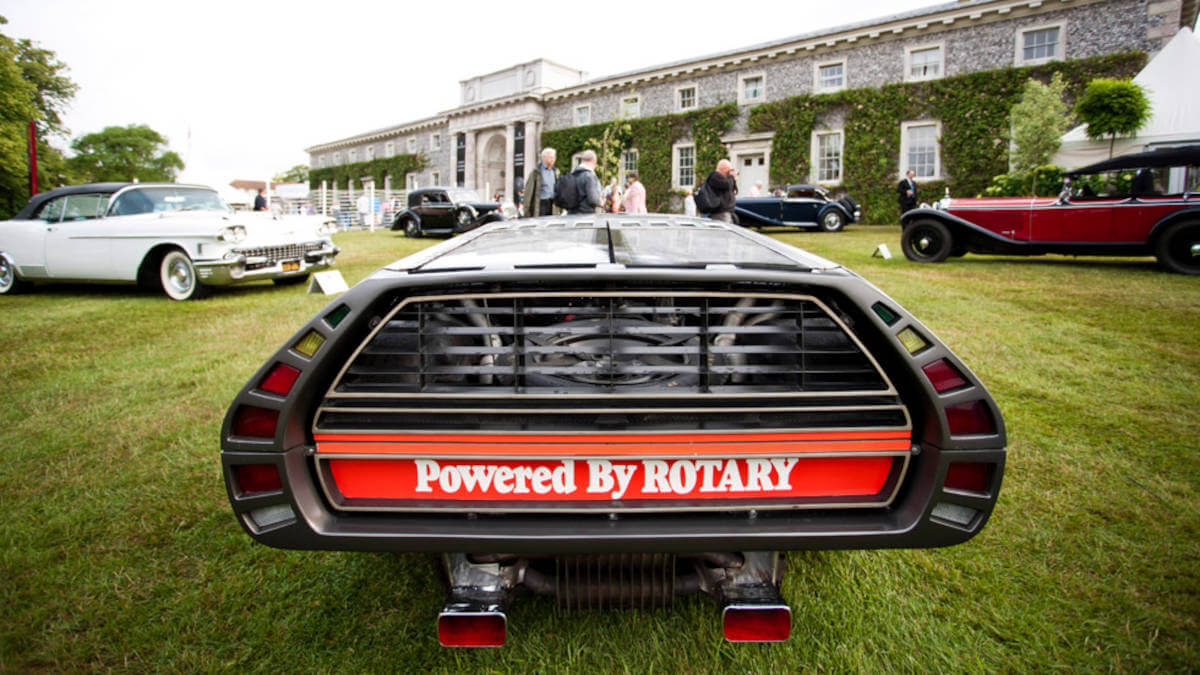



Ultra-light sports car, repainted several times
Inside were two comfortably upholstered bucket seats. Behind the four-spoke leather steering wheel sit three semi-circular analog instruments in the driver-oriented dashboard. Above the gearshifter for the four-speed transmission carried over from the Luce R130 sits an AM/FM radio in the center console. Thanks to the lightweight body and a tubular frame, the curb weight was only 850 kilograms and the power-to-weight ratio was 3.4 kg/hp. Over the years, the Mazda RX500 received various paint colors. Originally, Fukuda-san introduced the concept car in light green. This was followed by a repaint to yellow, as all of Mazda’s cars on display at the 1970 Tokyo Motor Show were presented in yellow with red interiors. Finally, silver followed with new headlights under clear glass covers in place of the original pop-up headlights.
One-off wasn’t given a chance for series production
In 2008, Mazda had the one-off car restored, and traces of the previous colors were found. After an appearance at the Goodwood Festival of Speed, the car is now at the Numaji Transportation Museum in Hiroshima. The above-mentioned considerations to produce the RX500 as a successor to the Cosmo Sport 110 S were thwarted by the oil crisis. It wasn’t until 1978 that a new sports car from Mazda appeared on the market, the RX-7. As in the Cosmo, a rotary piston engine based on the principle of Felix Wankel provided the propulsion.
Images: Mazda




